When you study wild edibles it’s collecting information. Some of your knowledge will come from reading about plants, some from being with someone who forages, and sometimes you learn from kids.
Kids would seem to be an unlikely source of such information (giving their high poisoning rate from sampling plants when toddlers.) But kids, particularly in the past, learned from knowledgeable adults. They will see an adult eat something and remember it into adulthood. I’ve learned a lot about plant edibility from kids who are now adults.
I had just that experience last Sunday in West Palm Beach. My foraging class was eating the kernels of the Tropical Almond fruit. When weathered the big fruit resemble unshelled almonds. (See photo above.) The kernel inside also has an almond look, texture, and similar flavor though milder. I also knew the outside of the fruit was edible but that had always been a problem. It never tasted good to me. The outside of the fruit was mostly astringent. All my references said you can eat the green fruit but my palette said some information was missing. (I have exactly the same problem with the red arils of the Carrotwoood Tree. References say they are edible but they burn my mouth.) Fortunately one of the ladies in the class grew up in Trinidad and ate the fruit as a child except… she did not eat the kernel inside but the outside of the fruit. So what did they do in Trinidad? They did not eat the outside of the fruit when it was green but when it was yellow. The missing piece of the puzzle! And indeed, the yellowing outside of fruit was edible, not fantastic but certainly far better than when green. Conundrum solved. The Tropical Almond is considered an invasive species so eating it is a civic duty. To learn more about the Tropical Almond go here.
Experimenting children are not a good source of information about wild edibles. But I learned about edible wood sorrel and some hibiscus from kids when I was a kid. They had learned from adults. And indeed I learned much following my mother and grandmother around the woods foraging. My grandmother was quite poor at the beginning of the 1900s and I believe she knew every edible wild plants in the area from Bunchberries to her favorite Cow Slip Greens (Cornus canadensis to Caltha palustris*.) In fact whenever she saw Cow Slip Greens, which grow in swampy places, she would send my mother off to harvest them while she would go to the nearest house to get after-the-fact permission to take them, if necessary. To give you an idea of their cooked consistency they are a mallow and “cow slip” in Old English mean a pile of cow manure.
Now days children don’t learn from adults unless you have a foraging father like Violet Brill in New York City. Her father, Wildman Steve Brill, says Violet, now 12, is turning into a master forager. Learning is fun that way. If you are wondering what age is good to start teaching children about wild edibles generally it is when they have shown food preference based on taste. Babies, be they feline, equine, canine, or Homo sapiens, can chew on toxic and burning plants and not know it because their discriminating tastes have not developed. Steve might be able to comment more on that. (*Like pokeweed, Caltha palustris is toxic raw and must be cooked before eaten. Cornus canadensis berrries can be eaten raw.)
Upcoming foraging classes:
Sunday, October 3oth, Wickham Park: 2500 Parkway Drive, Melbourne, FL 32935-2335. 9 a.m. Meet at the dog park inside the park.
Sunday, November 6th, Red Bug Slough Preserve, 5200 Beneva Road, Sarasota, FL, 34233. 9 a.m.
Sunday, November 13th, Spruce Creek Park, 6250 Ridgewood Ave. Port Orange, 32127. 9 a.m. This is just south of Daytona Beach. Meet at the pavilion.
Sunday, November 20, John Chestnut County Park: 2200 East Lake Road, Palm Harbor, FL 34685. 9 a.m. Meet at the beginning of the Peggy Park Trail inside John Chestnut Park.
Sunday, November 27th, Blanchard Park, 10501 Jay Blanchard Trail, Orlando, FL 32817. 9 a.m. Meet by the tennis courts next to the YMCA.
Sunday, December 4th, Bayshore Live Oak Park, 2200 East Lake Road, Port Charlotte. 9 a.m. We meet by the parking lot near the intersection with Ganyard Road.
To learn more about the foraging classes go here.
Dove or Pigeon Plums are a strange member of the Buckwheat family (Polygonaceae.) Closely related to Seagrapes they have a similar taste but… there is often a “but” when it comes to wild edibles (and often why they did not go mainstream or become a commercial crop.) The black-ripe berries are sweet but astringent. This fact leads in different directions. Because they are astringent they store well for long periods. And they can be eaten when ripe off the tree but they are puckery. However, if fallen berries are rained on, or if dried berries are rehydrated, they are sweet, delicious and not astringent. It’s just one of those odd quirks. Perhaps Mother Nature changes the character of the flavor to attract one kind of creature while on the tree — birds for example — but later to attract on the ground mammals that can taste sugar. That gives it two ways to spread its seeds around. The fruit will be ripening locally soon. To read more about the Dove Plum click here.
Want to identify a plant? Looking for a foraging reference? Do you have a UFO, an Unidentified Flowering Object you want identified? On the Green Deane Forum we chat about foraging all year. And it’s not just about warm-weather plants or just North American flora. Many nations around the world share common weeds so there’s a lot to talk about. There’s also more than weeds. The reference section has information for foraging around the world. There are also articles on food preservation, and forgotten skills from making bows to fermenting food. You can join the forum by clicking on the button on the upper right hand side of this page.
All of Green Deane’s videos are available for free on You Tube. They do have ads on them so every time you watch a Green Deane video I get a quarter of one cent. Four views, one cent. Not exactly a large money-maker but it helps pays for the newsletter. If you want to see the videos without ads and some in slightly better quality you can order the DVD set. It is nine DVDs with 15 videos on each. Many people want their own copy of the videos or they have a slow service and its easier to order then to watch them on-line. They make a good gift for that forager you know. Individual DVDs can also be ordered. You can order them by clicking on the button on the top right of this page or you can go here.
This is Newsletter 230.
If you would like to donate to Eat The Weeds please click here.

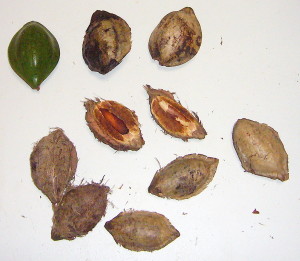
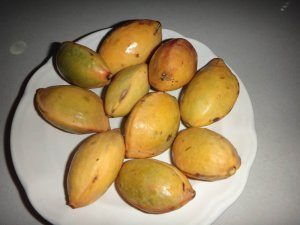
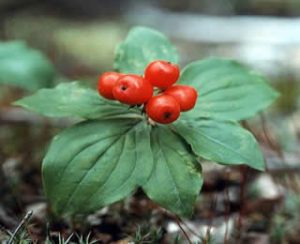
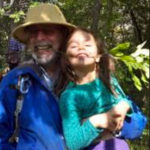
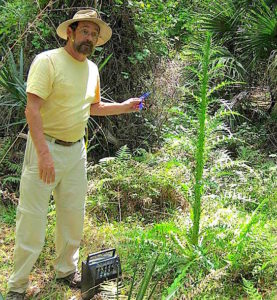
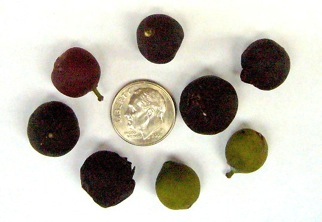
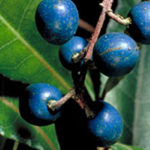
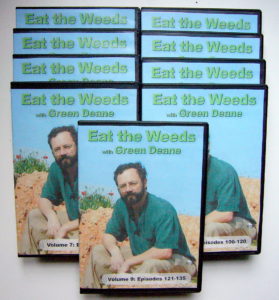

I’m nowadays in Dublin Ireland, specifically in Allendale Grove not far from blanchardstown, enjoying Halloween with the kind Irish people. I can see around green lawns with some patches of yellow to orange and green leaves falling off from maple trees. Oh the good old days I had spent here in Ireland during my study period which culminated in my being awarded the PhD from University College Dublin. I’ll never forget all staff members of the chemistry department in particular professor Glass and the late professor Brown and I hope I’m going to enjoy foraging here in spite of some difficulties concerning health.